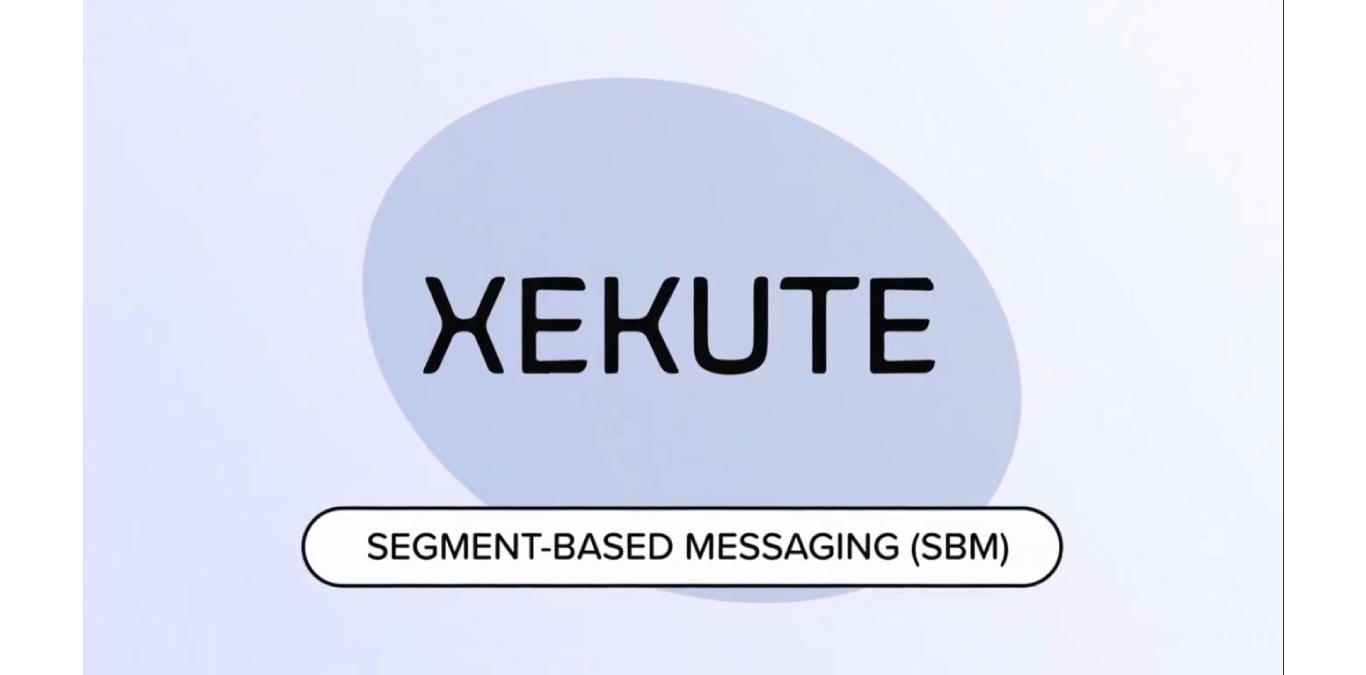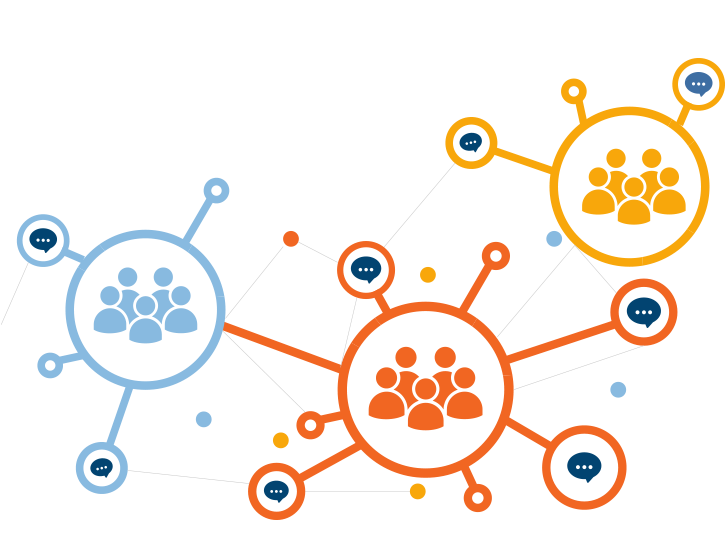-
ServiceContent Creation
Optimize Pharma GTM communications
-
Market Research
Innovative messaging market research
-
Machine Learning
Analyze messaging with algorithms
Optimize Pharma GTM communications
Innovative messaging market research
Analyze messaging with algorithms
Source for pharma insights and updates
Pharma's top behavioral science source


Most brands have customer segmentation, but less than 10-20% use it to successfully activate each customer segment by using customized messaging.


Customer segmentation based on their decision heuristics

Create messages for each segment using heuristics
Look for signal on decision heuristics in existing segmentation research/data.
Use predictive algorithms to apply segment heuristics to the entire customer database.
Create custom message inventories for cross-segment and segment-specific messaging needs.
Identify top 3-5 decision heuristics for each segment, and top 8-10 cross-segment decision heuristics.
XEKUTE has the first and only heuristics-based segmentation algorithm that combines behavioral science and AI to segment customers.


Explains the WHY behind segment behaviors

Captures segment irrationalities

Leads directly to messaging optimization for each segment


Social proverbs are used as a signal for heuristics and used to explain respondent decisions.


Messages are used as a proxy for heuristics that can be used to influence respondent decisions.
XEKUTE delivers a customer segmentation and segment-based message inventories at the same time.


When segment-based messaging is available on Day 1, you can enter execution mode on Day 2 (and thank us later!).

uses advanced machine learning algorithms to cluster respondents into segments and then project that segmentation to your customer database.


Solves for cross-segment and segment-specific messaging.

Not only explains segment decisions, but also identifies ways to influence them.

Segments arrive with customized message inventories ready for testing or execution.

No lengthy workshops, no pre-research, no hypotheses.

Every time a segment responds to a message, the system learns which heuristics are most effective and creates additional messages written against winning heuristics.
The process of dividing your customers into different groups or cohorts based on certain variables for a predetermined purpose of managing each group differentially is considered the art and science of customer segmentation.
Over the past 50 years, segmentation has gone through many evolutionary cycles. When it was introduced in the 1960s, early customer segmentation approaches centered around variables like demographics and psychographics. Over time, many new ways of segmenting customers were found to be useful, giving rise to popular approaches like attitudinal segmentation, behavioral segmentation, needs-based segmentation, decision-based segmentation, etc.
Customer segmentation can be done in a variety of ways. Market research surveys can be used to segment a small population of customers first and then data from the survey can be projected to larger databases to assign each customer into a specific segment. Survey based segmentation typically involves a combination of variables like attitudes, beliefs, needs, brand awareness/usage, demographics - anything that fits in a survey!
Alternatively, real-world data on customers can also be used to create a customer segmentation schema. Behavioral segmentation can be created using usage or purchase data, and demographic and psychographic segments can be created using third-party data from companies like Axiom, Experian, etc.
The ideal segmentation for any brand results in clearly differentiated segments of customers and explains why customers behave in different ways. This allows the brand to implement behavioral segmentation marketing through different marketing channels and communication vehicles with messages most appropriate for each segment.
Customer segmentation can be used to guide or inform almost every aspect of marketing planning and message delivery. Larger brands typically target all customer segments and use different behavioral segmentation marketing strategies and tactics for each segment. Smaller, niche brands typically focus their marketing efforts and message delivery on one to two segments only and spend their marketing dollars disproportionately on priority segments.
While segmentation can theoretically be used to create segment-based marketing strategies the most actionable application of segmentation is segment-based messaging. If brands can reach different segments through dedicated channels of communication, using segment-based messaging can immediately make a segmentation actionable and produce results in the marketplace.
Segment-based messaging or segment-based message delivery is one of the most actionable use cases of customer segmentation. Even if some of the behaviors of different segments overlap, as long as there are insights about how each segment makes decisions, behavioral segmentation marketing or messaging can be created and target message delivery for each segment in the marketplace.
Creating different brands, products, packaging, and pricing for each segment can take behavioral segmentation marketing to expert level, but requires significantly more time investment and commitment from brand teams and is operationally complex. Creating customized segment-based message delivery service, on the other hand, can be done quickly and tested in the marketplace without committing to significant investments.
While customer segmentation can be created using behavioral data, segment-based messaging requires some insights into each customer segment’s behaviors. Often the research tools and processes used to identify customer insights for each segment don't translate directly into personalized message delivery.
Decision Heuristic science offers a powerful tool to brand marketers to both segment customers based on how they make decisions and then to create highly targeted and personalized message delivery for each segment. There are hundreds of decision heuristics that explain behavioral segmentation and the same heuristics can be used to craft specific language in a message to that segment. By using heuristics-based language in a message, brands can efficiently nudge customer decisions in the intended direction.
As more advertising becomes digital and more ad-buying becomes programmatic, personalized message delivery service using segment-based messaging offers tremendous upside potential for brands to increase the return on investment on their advertising spend.
Brands are already using digital personas to segment customers for targeting purposes online. However, current digital persona creation methods do not know how to incorporate the decision heuristics that each customer segment uses to make purchase decisions.
Since digital message delivery service is often created and rendered dynamically using marketing automation systems, targeting each digital persona based on their decision heuristics with heuristics-based messaging offers significant upside potential for brands to capture customer preference and eventually market share.